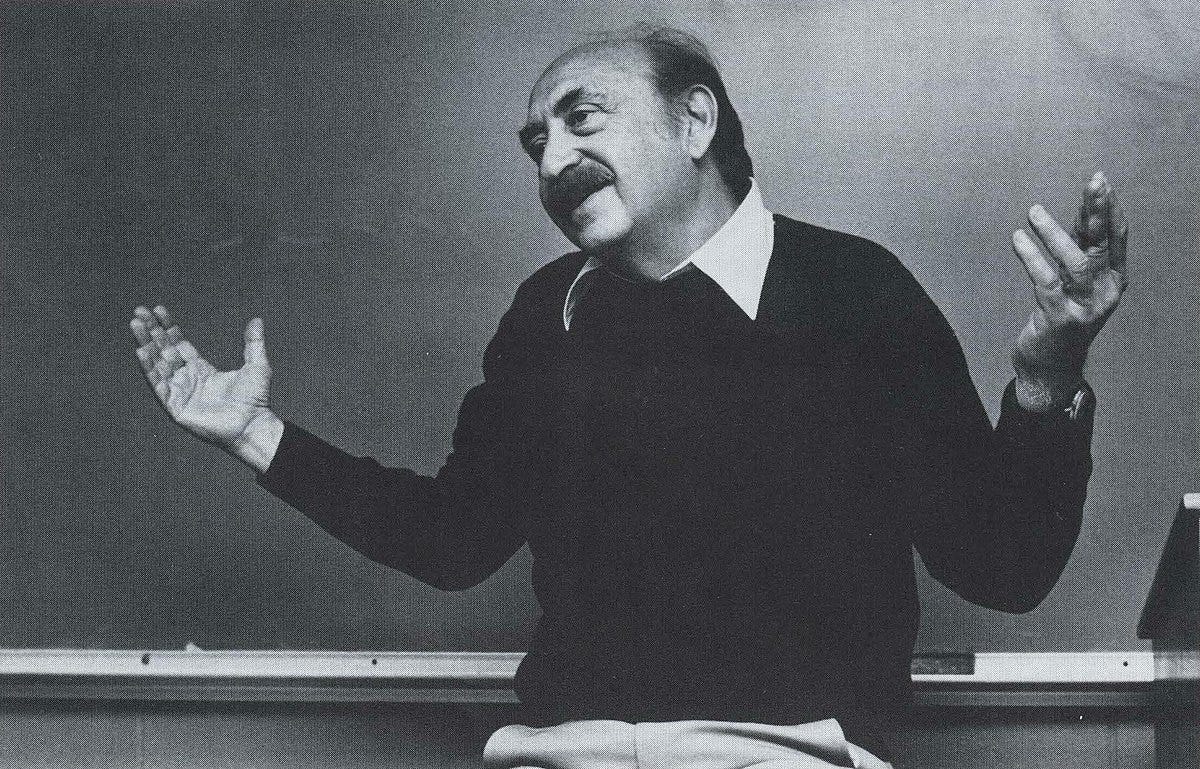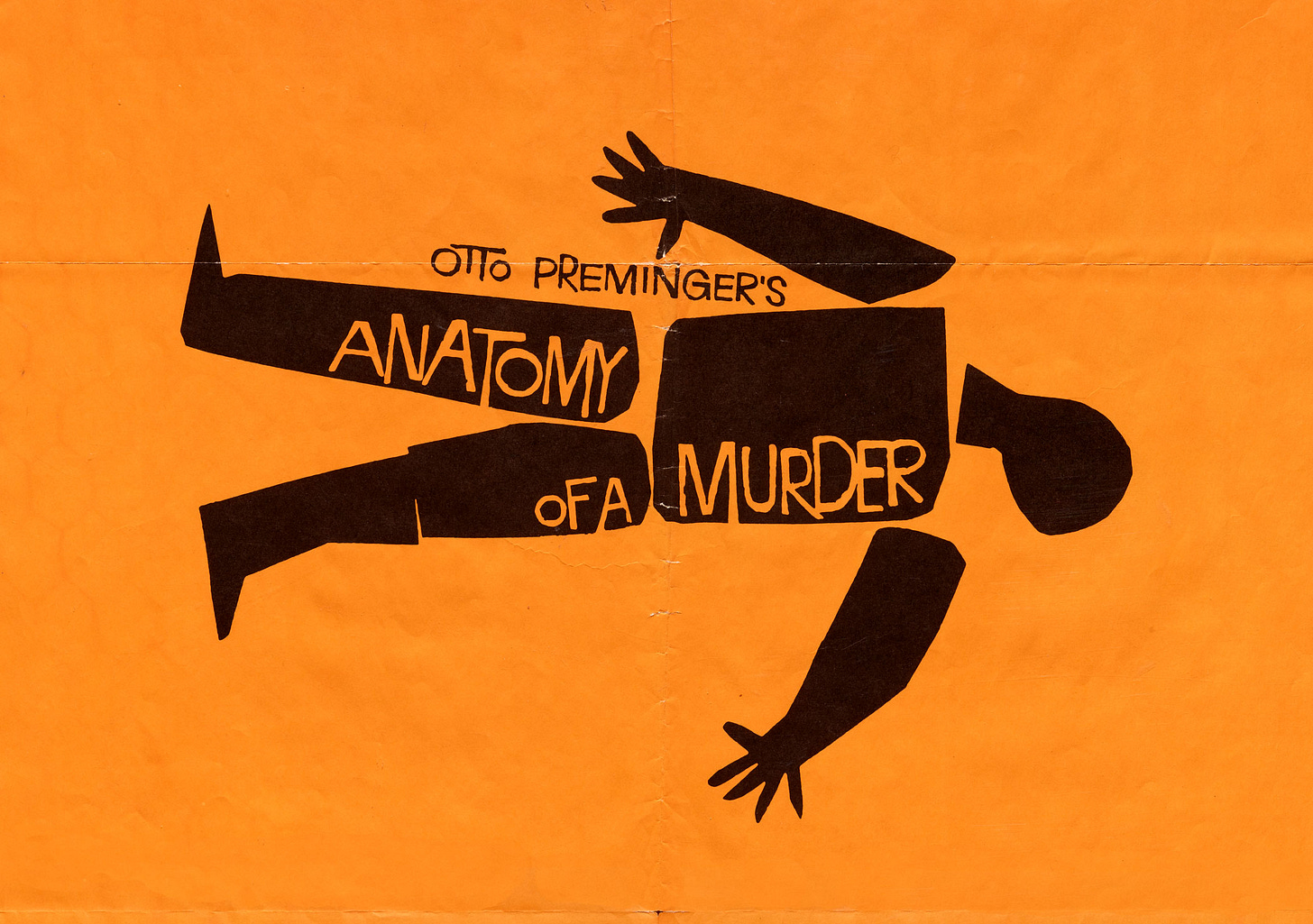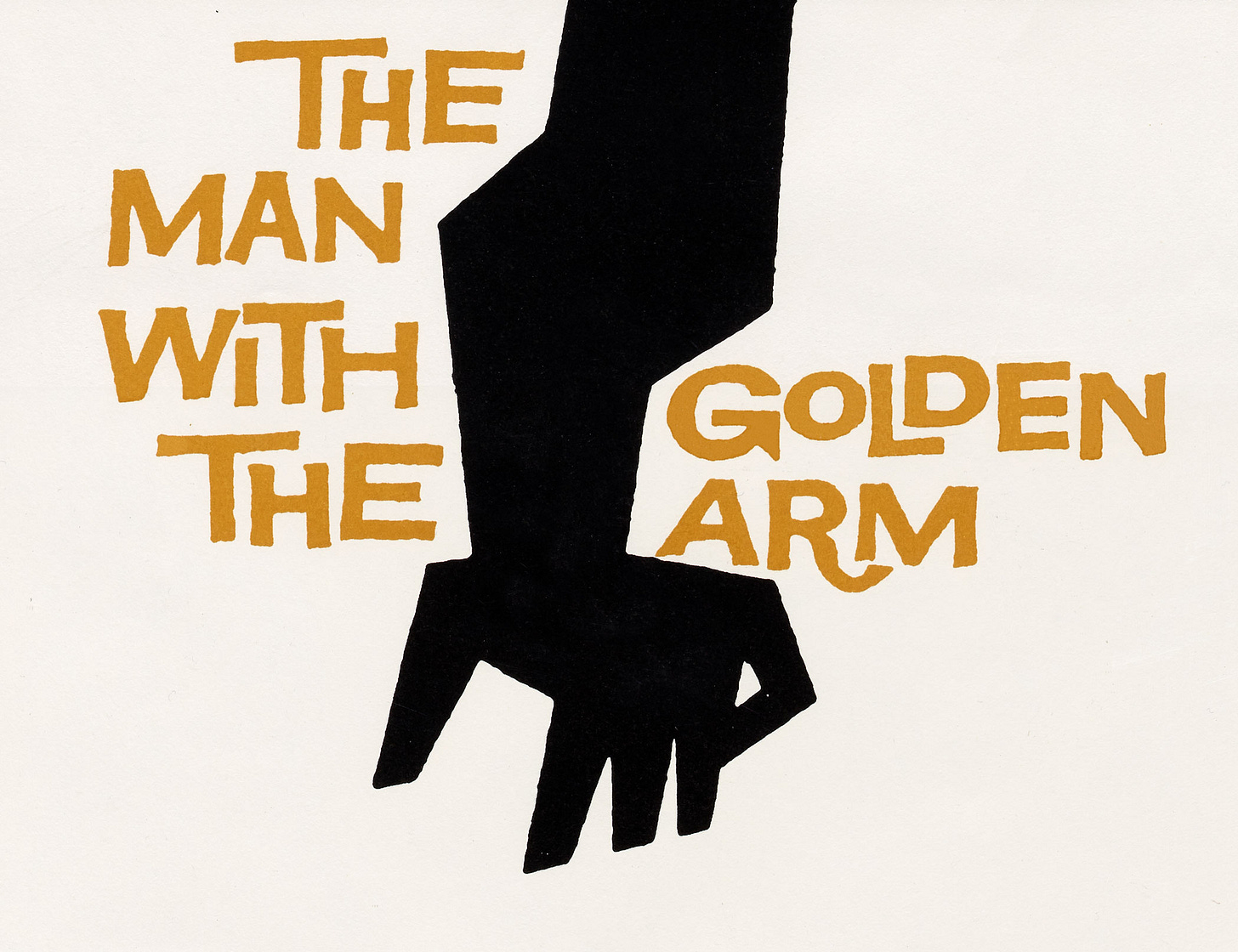The problem defines the solution.
Learning from famous graphic designer Saul Bass
Hi there!
One of the things I love to do is pick a creative giant (sometimes children’s book related, sometimes not) and study their work and process. I call it my LEARN FROM THE GREATS project. Recently I realized that maybe if I thought the things I was learning were cool, other people might think they were cool too. So, as an experiment, I made a little video on Instagram…which somehow exploded a bit.
This video was only ONE thing out of MANY that I learned from studying Saul Bass. So I couldn’t help myself. I’m sharing a few more inspiring things and practical tips I learned from Bass here with the hope that you find something cool to take home to your own creative practice.
Let’s dive in, shall we?
A special announcement from me to you: On Monday, February 27 at 5PM MST on Instagram Live, my cohost Angela Pham Krans and I get to chat with the talented children’s book maker Mark Hoffmann. You can check out the event and set a reminder here! Hope to see you there!
15 things I learned from studying Saul Bass
Saul Bass was one of the greatest designers of the 20th century. He pushed the limits of design with film title sequences, editorial illustration, posters, icons, and children’s books. His unique problem-solving approach to design and contagious curiosity gave him his trademark superpower: visual communication. Known for minimalist design, bold compositions, fearless color palettes, and evocative typography, Saul Bass has so much to teach us!
1) Keep it simple (but not boring).
“I’ve always looked for the simple idea…If it’s simple simple, it’s boring. We try for the idea that is so simple that it will make you think–and rethink. What we do is reach for some way to make people sit up and pay attention to what we want to say. It’s a risky business: we’re improvising and never know if it will work out.”
2) Observation is the foundation of creativity.
“What makes the creative person different? I think it is the capacity to manipulate reality without inhibitions, to manipulate the environment, and use observation as a base for imagination.”
“It seems to me that the creative process is one that reexamines those things we already know and understand, and forces us to reconsider them, usually involving new insight to their nature. The creative act then is an act that transforms the ordinary into the extraordinary. Interesting things happen when the creative impulse is cultivated with curiosity, freedom and intensity.”
3) The problem defines the solution.
“The most stimulating source for a solution to a problem comes from the problem itself. This is the real source - the problem defines the solution. It is when you look at what other people are doing that you are liable to come up with a stereotyped answer to your problem. Each problem contains unique elements. No problem is exactly like any other. The only way you can find a good answer is to clearly understand the question. You can't find the answer by using somebody else's answer to another question. I am not even saying this is bad. It is merely untrue. It is not so much a moral issue. It just doesn't work!”
4) Leave space for your audience.
“A successful communication entices the viewer to participate. The minute you're in a position of getting him to pick up a shovel and hurl a spadeful on the pile, you're beginning to reach him. I try to create a Gestalt in which one element is missing. And that element has to be filled in by the viewer. I want to get him in the game, the association game."
5) Embrace the humanity.
“I like the hand of the designer to show. I like it to be powerful. I like to have some humanity in it - either in the image or in evidence of the hand process."
6) Embrace the ambiguity.
“Ambiguity and metaphor are often central to my work, and certainly to the work of most of the filmmakers and designers I admire. Things that are what they appear to be make their point and soon grow tiresome. The ambiguous is intrinsically more interesting, more challenging, more involving, more mysterious and more potent. It forces reexamination, adds tension, gives it life.”
7) Humor is a great way to open the mind.
“Humor is a central device for the absorption and acceptance of an idea that you would quarrel with in any other context…Somehow, you learn more when you are laughing - when you can sense the good feeling and warm intent of the person who is talking to you. You are more open to positive and joyful people, even if you don't agree with what they have to say…I believe very strongly in the value of humor and the beautiful, as avenues for reaching people and helping them to open their minds to what is said. Humor is a wonderful medium for ideas; a leavening."
8) When sharing your ideas, explain your thought process in a way that makes the best solution feel inevitable.
"I often think that presentations are more difficult than the work itself. A presentation has to share just enough of the process so that someone who has not been a participant can understand the inevitability of the solution, and that the solution is the culmination of a rigorous and systematic investigation of all reasonable possibilities. When you present work to a client, it is important to have a point of view. The tricky part is to provide several good solutions to a problem and then not allow the client to choose other than the best one. It's surprising how hard that sometimes can be."
9) You know it’s working if everyone else thinks they could do it too.
“When a piece of design really works, it appears seamless - that's part of the quality of a good thing. You have no awareness of how it was put together. It has a sense of inevitability. It looks so easy that, when someone looks at it the feeling that he has is ‘well, if had been working on that problem, I'd have probably thought of that as well.’”
10) Criticism is evidence you are alive.
“You see an artist, a creative person, can accept criticism or can live with the criticism much more easily than with being ignored. Criticism makes you feel alive. If somebody is bothered enough by what you have done to speak vituperatively about it, you feel you have touched a nerve and you are at least ‘in touch.’ You are not happy that he doesn't like it, but you feel you are in contact with life."
11) Perseverance is more important than imagination.
“Next to imagination you have to have perseverance in order to create something of value. I may even say that perseverance is more important than imagination in a certain sense. A modest amount of imagination with a great ability to persevere can produce an important work. Great imagination lacking the perseverance to develop, shape and carry it out can result in failure. The nature of process, to one degree or another, involves failure. You have at it. It doesn't work. You keep pushing. It gets better. But it's not good. It gets worse. You go at it again. Then you desperately stab at it, believing ‘this isn't going to work.’ And it does!”
12) When you get stuck, work on other problems. They’ll probably help you solve this one.
“When I hit a blank wall, I stop and go to another problem, hitting each one at a productive point. When things are clicking, I keep going all the way. Next thing I know, I'm past it and going on. By simultaneously working on a variety of problems, I find that one creative problem helps me solve another. The underlying ideas and emotions of one problem can often validly be related to another."
13) The creative process is hard for everyone.
“The most accomplished creative people constantly struggle with this process. The struggle is always accompanied by disappointment, failure, exhilaration, and all the range of emotions. So, the good news, I say to students, is that what you are experiencing is exactly what everybody else experiences, even those people you most admire. The bad news is that it doesn't get any better.”
14) Work is “just serious play.”
“You know, we hear a lot about the joy of creating. What we don't acknowledge is the anguish and anxiety that come with the territory...Of course the pleasure when it does come can be very intense. Also, the play between pleasure and anxiety is part of the dynamic that makes the creative experience so compelling.”
15) Live life more than you live goals.
Elaine Bass, Saul’s wife, collaborated on many projects with him but was often not acknowledged as the talented designer she was. I want to end this LEARN FROM THE GREATS session with a quote from her: "Very often we live goals instead of living life. When we do that we short-change ourselves. When we learn to savor the joys of life, we learn to value life. Not just our own, but the lives of others."
If you want to learn more about Saul and Elaine Bass, check out SAUL BASS: LIFE IN FILM & DESIGN.
I hope you enjoyed learning from the greats with me today. Thanks for being here with me AT THE KID TABLE. See you next time!
I’ll save you a seat ;)
Your trying-to-understand-the-problem-in-her-latest-manuscript-before-diving-into-solutions friend,
Rachel







Such a great post with a lot of wisdom!